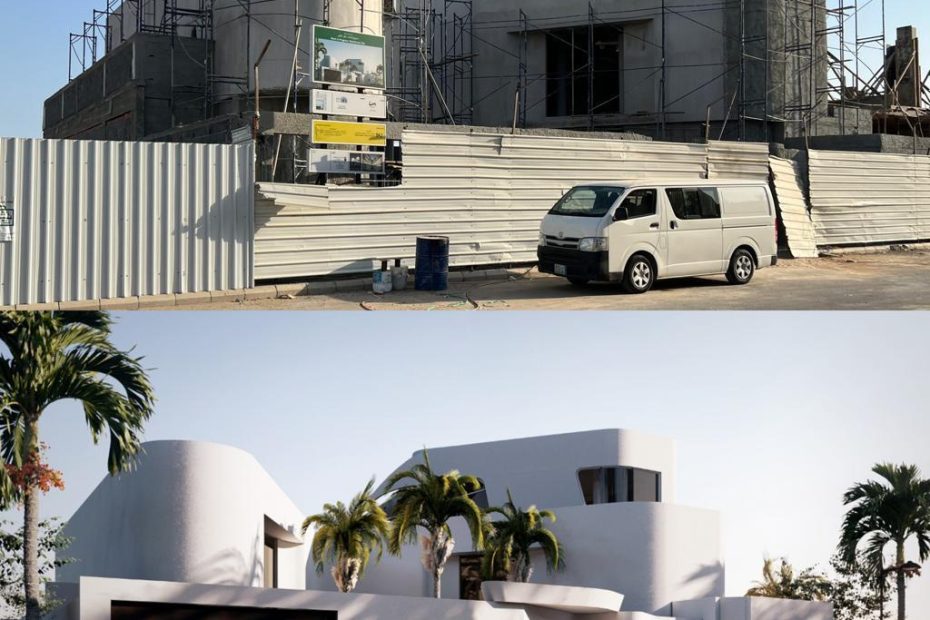Globalization has profoundly influenced various aspects of life, including architecture. As borders blur and cultural exchanges increase, local architectural styles are experiencing significant transformations. This influence of globalization has both positive and negative implications for local architecture, blending traditional designs with contemporary global trends and often challenging the preservation of unique architectural identities.
Fusion of Styles and Techniques
Globalization facilitates the exchange of architectural ideas and techniques across different cultures. Architects can now draw inspiration from diverse styles and integrate elements from various traditions into their designs. This fusion leads to innovative structures that blend modern and traditional aesthetics, creating a unique global-local architectural language. For example, modern skyscrapers might incorporate elements of traditional Japanese minimalism or Middle Eastern ornamentation, resulting in visually striking and culturally rich buildings.
Technological Advancements and Innovation
The spread of advanced construction technologies through globalization has revolutionized the way buildings are designed and constructed. Local architects have access to cutting-edge materials and construction techniques, enabling them to push the boundaries of traditional architecture. These innovations allow for more sustainable and efficient building practices, as well as the creation of structures that were previously unimaginable due to technological limitations.
Challenges to Cultural Identity
While globalization offers numerous benefits, it also poses challenges to the preservation of local architectural styles. The influx of global architectural trends can overshadow traditional designs, leading to a loss of cultural identity. Cities around the world risk becoming homogenous as they adopt similar architectural aesthetics influenced by global trends. This can erode the unique character and historical significance of local architecture, diminishing the cultural diversity that makes each place distinct.
Preservation and Adaptation
In response to the pressures of globalization, many regions are emphasizing the preservation of their architectural heritage. Efforts to protect and restore historical buildings are gaining momentum, often integrating modern functionality without compromising traditional aesthetics. Adaptive reuse of old structures, where historic buildings are repurposed for contemporary use, is a growing trend. This approach preserves the cultural essence of local architecture while accommodating modern needs.
Sustainable Design Practices
Globalization has also facilitated the spread of sustainable design practices, encouraging architects to adopt environmentally friendly approaches. The global exchange of ideas promotes awareness of sustainable materials, energy-efficient technologies, and green building standards. Local architectural styles are increasingly incorporating these sustainable practices, blending traditional design elements with modern eco-friendly solutions. This results in buildings that respect cultural heritage while contributing to environmental conservation.
Influence of International Architects
The presence of internationally renowned architects in local markets significantly impacts architectural styles. These architects bring with them a global perspective, often introducing new design philosophies and techniques. While this can lead to innovative and iconic structures, it may also overshadow local architects and their traditional approaches. Balancing the influence of international architects with the promotion of local talent is crucial to maintaining a diverse architectural landscape.
The Role of Education and Collaboration
Architectural education and collaboration play vital roles in shaping the impact of globalization on local styles. Architecture schools worldwide are incorporating global perspectives into their curricula, encouraging students to explore diverse design philosophies. Collaborative projects between architects from different cultural backgrounds foster the exchange of ideas and promote the integration of global and local elements. This approach nurtures a generation of architects who can navigate the complexities of globalization while respecting and preserving local identities.
Globalization has a multifaceted impact on local architectural styles, offering opportunities for innovation and sustainability while posing challenges to cultural preservation. The fusion of global and local elements creates a dynamic architectural landscape, where traditional designs coexist with contemporary trends. By embracing the positive aspects of globalization and addressing its challenges, architects can create buildings that celebrate cultural diversity, honor local heritage, and contribute to a sustainable future.
Finally, for more on INJ Architects:
